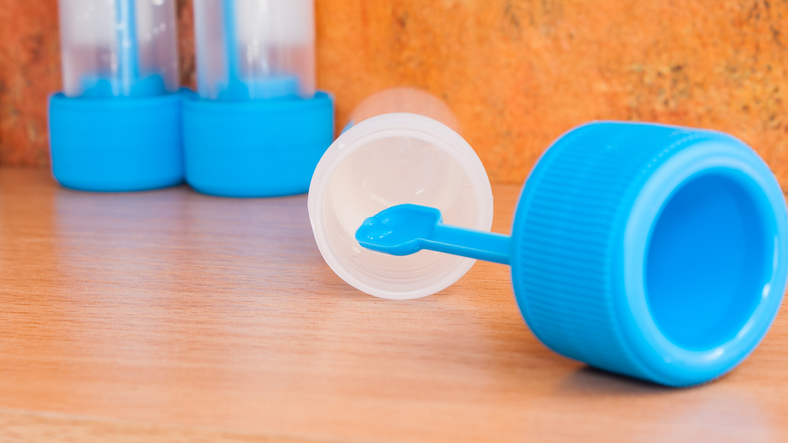
Gut Health & Akkermansia – A Perfect Pairing
Gut Health and Akkermansia – A Perfect Pairing
Your gut is at the center of your body and the center of your overall health and well-being. Within your gut reside trillions of microorganisms, including fungi, bacteria, and viruses. Some of these microorganisms can be harmful (like viruses), while others are incredibly helpful. One such helpful microorganism is a bacteria known as Akkermansia muciniphila, or A. muciniphila for short.
What is Akkermansia?
Akkermansia is a relatively recent discovery, having been identified just 20 years ago, in 2004. It lives on the mucus layer of the gut lining and makes up about 4% of the total intestinal bacteria in healthy people.
Scientists have observed a correlation between a decreased amount of A. muciniphila and individuals with certain diseases, including obesity and irritable bowel syndrome (IBS). This has led scientists to explore whether the bacteria could be helpful as a therapeutic probiotic for individuals living with these and other chronic conditions.
We aren’t born with Akkermansia in our gut. Instead, we get it through breast milk or formula as babies and nurture it with our food choices as we age.
How Does Akkermansia Affect The Gut?
The location of Akkermansia on the mucus layer of your gut lining is essential for understanding why it is abundant in healthy people and less so in those with certain inflammatory and chronic conditions. It acts as a gatekeeper, keeping harmful microbes away from our gut.
The mucus lining is the gut’s barrier controlling what gets in and out of the intestinal tract. In healthy people, the inner mucus layer keeps harmful microbes out of your gut, meaning microbes cannot get into the gut and cause inflammation. One of the proteins that make up the mucus layer is called mucin, a thick gel coating full of energy. This is what Akkermansia loves and where it gets its name, as muciniphila translates to “preferring mucin.”
Something unique about Akkermansia is that it doesn’t need a food source, which means it can still thrive even during a fasting state. Instead, it feeds on the mucins in your gut, turning them into short-chain fatty acids (SCFAs), including acetate, which can help control your hunger cravings. Plus, when Akkermansia feeds on gut mucins, it encourages cells to make more, which strengthens the amount of A. muciniphila bacteria living there. It’s a very symbiotic relationship that can help you lose weight and feel better.
How to Get Akkermansia
If you’re reading this, then you’re no longer an infant being fed breastmilk or formula. Fortunately, there are other ways to get Akkermansia into your gut. Start by eating more fruits and vegetables, which can increase the number of A. muciniphila that live in your gut. Other foods to eat include flaxseeds, black tea, bamboo shoots, and fish oil.
You can also buy Akkermansia probiotic supplements to ensure you add enough to your gut. Follow this link and open and account. Look for Akkeramansia Probiotics in the catalog section. If you’re unsure whether you have Akkermansia in your gut and want to know what else is in your microbiome, you can find out with a GI-MAP test kit. This discreet testing kit will give you answers to what’s living in your gut in just 10-12 days! Order yours today.
Health Disclaimer: It is recommended the reader of this site consult with a qualified health care provider of their choice when using any information obtained from this site, affiliate sites and other online websites and blogs. Please consult your health care provider before making any healthcare decisions or for guidance about a specific medical condition.